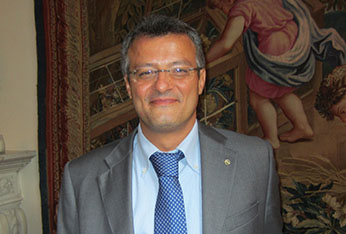As more certified remotely piloted aircraft systems (RPAS) take to the skies to serve as vehicles for civil and military purposes, ensuring they carry out their business safely and securely becomes ever more important.
The URClearED project addressed a key technological issue that allow certified RPAS to carry out services, such as monitoring, surveillance, and cargo delivery, while sharing airspace with other users. URClearED investigated the concept of a remain-well-clear (RWC) function of a detect and avoid system for certified unmanned air vehicles flying instrument flight rules (IFR) in airspace classes D to G. Well below the typical cruise altitudes of commercial airlines, the airspace is used by small and medium-sized aircraft like helicopters, general aviation, and unmanned systems.
The project considered existing standards relating to RWC concepts and parameters, and analysed operational scenarios to propose a concept of RWC. To assess its functional and operational acceptability to both remote pilots and air traffic controllers, operational stakeholders participated in a series of fast-time and real-time validation exercises to test the impact of the RWC on human performance.
URClearED project results were useful to specify the requirements of the RWC module for drones and the associated concept of operations in airspace classes D to G. In addition to helping to define some of the features required within a European RWC system, the validation tests provided preliminary estimates of workloads and acceptability by remote pilots and air traffic controllers. Finally, the project identified the gaps and next relevant steps for the full development and assessment of such a system, paving the way to future industrial-level activities.
Benefits
- Safe integration of drones
- More efficient airspace usage
- Facilitates growth of new services




